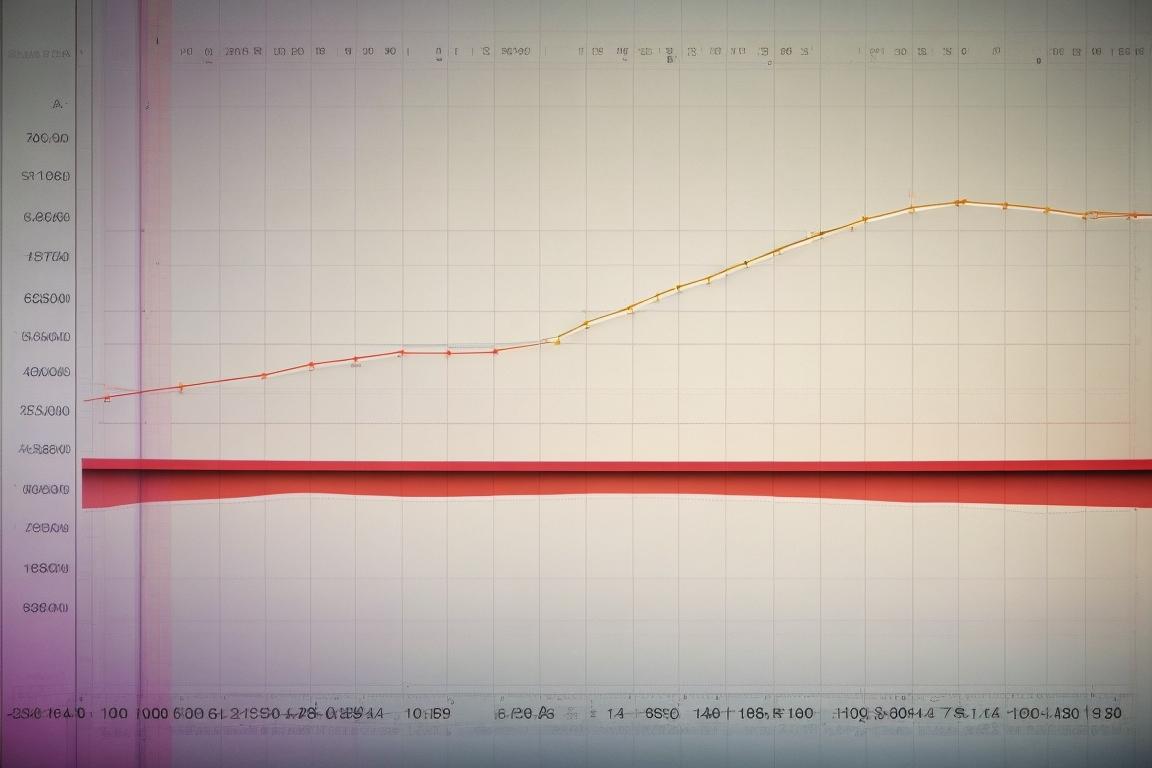Panama Canal Pursues Infrastructure Upgrades to Address Climate-Driven Drought
The Panama Canal Authority is undertaking significant infrastructure projects to mitigate the impact of severe droughts that have recently disrupted vessel transits through the critical waterway. Dependent on freshwater from rainfall, the canal has struggled with low water levels since late 2022, forcing transit reductions and weight restrictions to conserve water.
“We use about two and a half times the amount of water a city of the size of New York uses for the canal operation,” said Ricaurte Vásquez, Administrator of the Panama Canal Authority, highlighting the canal’s substantial freshwater requirements.
In optimal years, the canal facilitates over 50 vessel transits daily. However, prolonged drought conditions between 2022 and 2024 led to a 29% decrease in total vessel transits during fiscal year 2024, with liquefied natural gas (LNG) and dry bulk shipments most affected—LNG transits fell by 66%, and dry bulk by 107%, according to Panama Canal Authority data.
Strategic Land Bridge and Pipeline to Reduce Water Dependency
To diversify and enhance logistical resilience, the authority initiated a concessionaire selection process in April 2025 to construct a land bridge linking the Atlantic and Pacific coasts. This includes a flagship natural gas liquids (NGL) pipeline designed to transport products such as liquefied petroleum gas, ethane, butane, and propane from the Atlantic side to a Pacific terminal for onward shipment to Asia.
“We decided to do a land bridge to complement the waterway,” Vásquez explained, emphasizing the project’s goal to provide a reliable, water-independent alternative for high-value commodities destined primarily for Asian markets. The project announcement in Tokyo underscores the strategic importance of Asian energy demand.
Besides the pipeline, the land bridge will feature a road and port terminals on both coasts capable of handling container and roll-on/roll-off cargo, aiming to attract increased LNG traffic through the canal corridor.
Rio Indo Dam Project to Supplement Freshwater Supply
In parallel, the Panama Canal Authority has approved the Rio Indo dam and accompanying tunnel project to augment water levels in Lake Gatun, the canal’s primary freshwater source. The dam is projected to reduce water scarcity risks by providing supplemental water crucial for lock operations.
Construction is slated to begin in 2027 with completion expected by 2032. The $1.6 billion project budget includes $400 million allocated for the relocation and compensation of roughly 2,500 residents from villages that will be flooded by the dam’s reservoir. Some affected community members have expressed resistance to relocation, highlighting social challenges associated with the project.
Outlook Amid Climate Uncertainty and Market Shifts
While water levels have returned to normal, LNG transit volumes have not rebounded to pre-drought levels, with carriers opting for longer routes around Africa’s Cape of Good Hope, according to S&P Global data. Vásquez noted that U.S. energy companies view the pipeline alternative favorably due to its reliability and competitive transit times compared to the water-dependent canal route.
Neither the land bridge nor the dam will be completed before the anticipated El Niño weather event in 2027. Some components of the land bridge may be operational by then, but the pipeline is expected to be finalized between 2030 and 2031.
Given the Panama Canal’s critical role in global trade—handling approximately $270 billion in cargo annually and accounting for 40% of all U.S. container traffic—the infrastructure investments represent a strategic response to climate-induced operational risks, with significant implications for international shipping and regional communities.
FinOracleAI — Market View
The Panama Canal Authority’s infrastructure initiatives aim to reduce climate-related operational disruptions and diversify transit options, which should enhance long-term reliability for global trade. However, the multi-year timelines and social challenges from community relocations introduce execution risks. Market participants should monitor progress on the land bridge and dam projects, as well as LNG transit volumes, to gauge recovery and growth prospects.
Impact: positive













